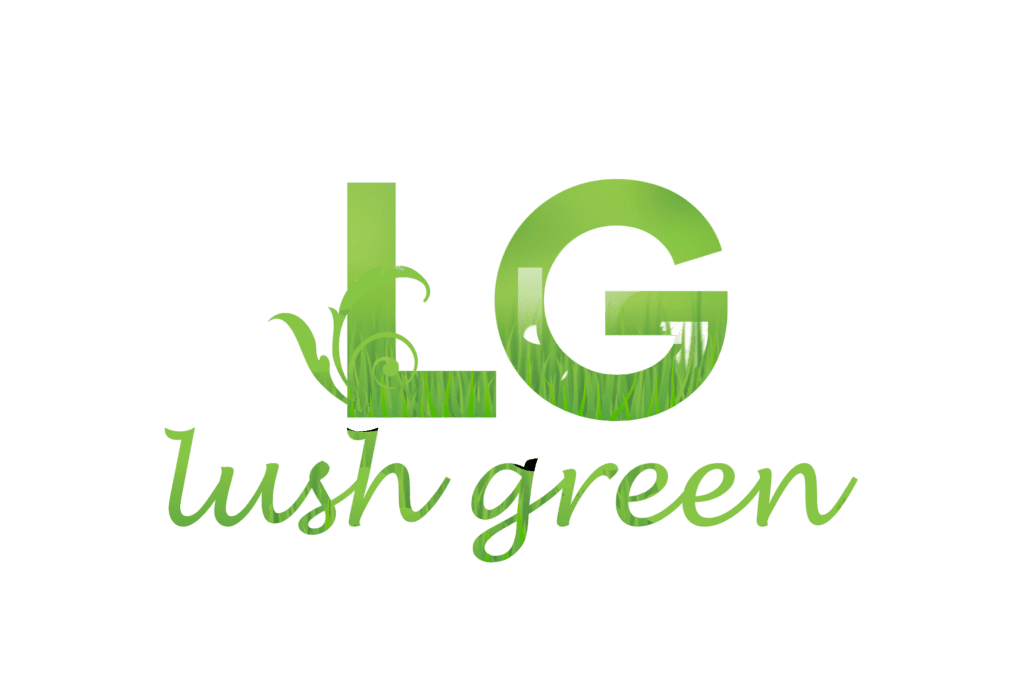Decades ago, artificial grass was a ridiculed lawn option reserved for so-called tacky people. Known as “Chemgrass” or “Astroturf”, the pointy, plastic carpeting was popular amongst elderly RV owners and people with ridiculous indoor gardens. However, the synthetic turf of today bears little resemblance to its low-tech predecessors.
All artificial grass shares a few basic components. There are of course the plastic grass blades, which can vary in their coloring, length, and texture. Some varieties of grass look extremely natural, suffused with a hint brown in largely forest green blades of varying length. Others possess a different appeal, with uniform blades of a remarkable green color to appeal to fans of a perfect lawn. Beneath and between the plastic blades lay an infill, which holds the grass blades in place and provides cushioning. The most common type of infill is crumb rubber made of old tires. Below that can lay a variety of other layers depending on the customer’s needs, such as extra padding for sports fields or additional drainage layers for particular climates.
The appeal of artificial turf is obvious. First and foremost, it just looks great all year long, no matter the current weather. It harbors fewer insects than its natural counterpart, and will not cause allergic reactions. Owners generally do not have to worry about maintenance costs or work, and do not have to resod, fertilize, or water their artificial grass.
But what about the disadvantages of choosing manufactured grass? Just because you don’t have to pay for water or maintenance does not mean that synthetic turf is necessarily a cheaper option. The grass can set you back 5 to 20 dollars per square foot. Assuming the average American lawn size is 8,700 square feet, as according to a Ground Maintenance magazine poll, a family would have to spend a minimum of about 43,000$ in order to redo their entire lawn. Additionally, the plastic blades can get extremely hot during the summer, to the point that it’s uncomfortable to touch. In the winter, if you live in an area where it snows frequently, the turf can look quite out of place.
There are also the concerns regarding pet waste and artificial grass. Feces will not break down as they do on normal sod, and can become embedded in the plastic blades. The rain will also not wash all pet waste away. Instead, pet owners must clean up all fecal matter completely. Solid waste is easy to collect since it merely needs to be scooped up. Loose stools, on the other hand, pose a much larger problem. Watery feces must be scrubbed and wiped away in the same way a carpet is cleaned. Pet poop can be hosed off the grass, assuming the watering hose is long enough to wash the waste to the periphery of the synthetic lawn. However, drainage with certain cheaper varieties of artificial turf can also be an issue. Urine can become stuck in the under layers of the grass and cause extreme odor problems. There is also a risk of bacterial buildup from leftover waste, which can pose health risks for both pets and people. Overall, synthetic grass is a better option for smaller areas, such as a small front yard, where waste can be hosed off the grass and directly into a drain. Waste will therefore not cause a problem because it does not drain into the soil nor does it sit in the turf for too long.
Some consumers have raised other concerns regarding the safety of synthetic turf. Recently, several studies have claimed to discover links between certain brands and a higher incidence of cancer in lawn users. A study performed by the University of Sterling reported finding numerous carcinogens in some artificial grass. Another investigation conducted by the Connecticut Agricultural Experiment Station found a variety of substances in local fake turf, including chemical irritants, toxins, and possible carcinogens. Starting in February of 2016, the United States government officially addressed these claims and continue to look into the validity of the reported danger. Currently, there is no formal proof or conclusion regarding the existence of carcinogens in artificial grass that has been endorsed by any governing body and the product is believed to be safe.
The dangers surrounding artificial grass may be difficult to discern and evaluate. Most arguments are about the type of infill used and not the actual grass blades. In particular, the popular rubber crumble infill is often targeted as being the most dangerous. Controversies surrounding the rubber-tire type infill reached its pinnacle following an NBC investigation into reports that incidence of lymphoma, or blood cancer, was shockingly high amongst female high school soccer players. Many female teams are given less priority than male teams and are often forced to play on synthetic fields rather than genuine turf. During the physicality of the sport, crumbs from the infill would enter into the players’ bodies via accidental ingestion or cuts. This could explain why the rate of cancer is not seen amongst all users of synthetic turf, as it requires a certain type of exposure in order to penetrate the skin.
In summary, it is highly unlikely that casual exposure to commercially available synthetic grass is dangerous. Users who desire a low maintenance, less ephemeral aesthetic in their lawns will likely find the purchase of artificial grass to be satisfying. Although there exists concerns over pet waste and drainage, such problems can exist with natural terrain as well. In the end, it’s up to the consumer to evaluate their situation and make the decision whether or not synthetic turf is the right choice. Like so many plastic inventions, it may revolutionize your life and lead to carefree landscaping all year long.



